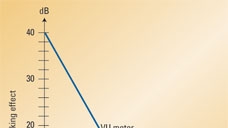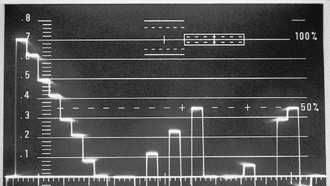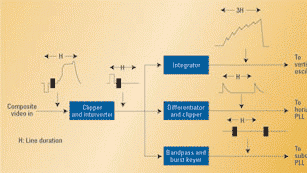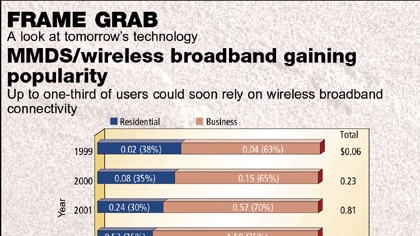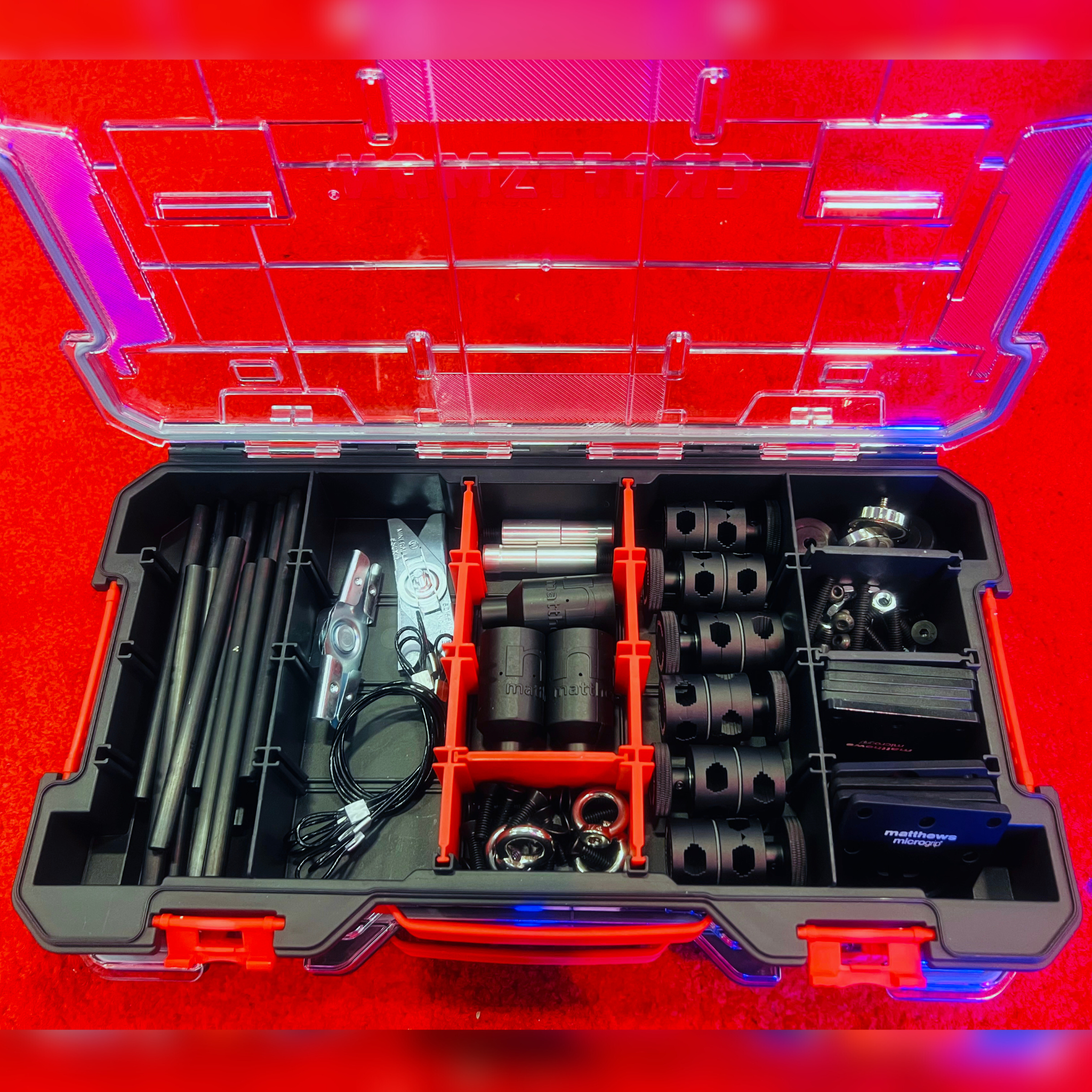MICHAEL ROBIN
Latest articles by MICHAEL ROBIN
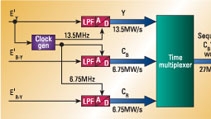
Carrying the bits
By MICHAEL ROBIN published
Michael Robin reviews digital platforms to transport data streams. He looks at system requirements and minimum performance levels
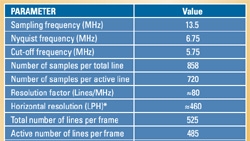
Horizontal resolution: Pixels or lines
By MICHAEL ROBIN published
Michael Robin explains why returning to basic concepts is essential in order to understand contemporary technologies
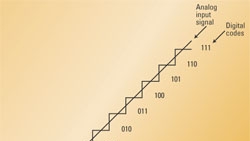
Digital video noise
By MICHAEL ROBIN published
Michael Robin continues with Part II of his series on noise. This month he looks at digital noise, sources and remedies

The component digital standard
By MICHAEL ROBIN published
Michael Robin reviews digital component video; how it's created and used, and the benefits it provides over composite video

Revisiting Nyquist
By MICHAEL ROBIN published
The 20th century brought with it the need for the transport of pictures and sound. A large number of engineers and scientists working for Bell Telephone
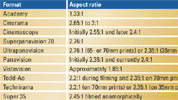
Format conversion
By MICHAEL ROBIN published
Author Michael Robin explains the complex process of converting 4:3 images to 16:9 and back. The trade offer that accompanies the conversion is also discussed.
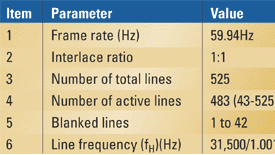
720x483p SDTV format
By MICHAEL ROBIN published
The latest revision of SMPTE Stan-dard 293M, defines the SDTV 720x483p image sampling system.
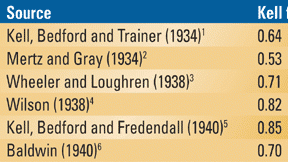
Revisiting Kell
By MICHAEL ROBIN published
A look at the origins of the Kell factor and subsequent manifestations.

Analog audio noise
By MICHAEL ROBIN published
Michael Robin shows readers how analog noise is detrimental to the encoding results and what steps they can take to remove the noise and maximize the signal quality

MPEG editing
By MICHAEL ROBIN published
The original development of analog television was based on the concept of direct, real-time, on-air transmission of live programs and, occasionally, films.

Audio sampling
By MICHAEL ROBIN published
For the most part, the mechanisms of the natural world around us, including sound, operate in the analog domain.

HDTV data multiplexing, Part 2
By MICHAEL ROBIN published
This article is a continuation of our March HDTV data multiplexing article. It will deal with audio data multiplexing in the horizontal ancillary data

Digital standards defined
By MICHAEL ROBIN published
Because the ATSC committee could not agree on supporting a single scanning format, North America is faced with a choice of 18 formats if we choose a 60Hz-related

Transition to Digital
By MICHAEL ROBIN published
MPEG editing North American (FCC) and inter national (ITU) spectrum management concerns resulted in the analog television on-air channel allocations and

Transition to Digital
By MICHAEL ROBIN published
Audio synchronization Analog audio is difficult to handle. There are frequency response problems, distortion problems (harmonic and intermodulation),

Transition to Digital: Colorimetry
By MICHAEL ROBIN published
In the 17th century, two scientists devoted their time to the study of light: Isaac Newton and Christian Huyghens. While trying to fend off falling apples,

Format conversion
By MICHAEL ROBIN published
With the advent of color television, North America felt the need to alter the frame-repetition frequency. We still live with the consequences of this

HDTV data multiplexing, Part 1
By MICHAEL ROBIN published
All source formats are transmitted using the same nominal 1.485Gb/s serial bit rate. The capacity for carrying ancillary data varies from format to format.
Get the TV Tech Newsletter
The professional video industry's #1 source for news, trends and product and tech information. Sign up below.

